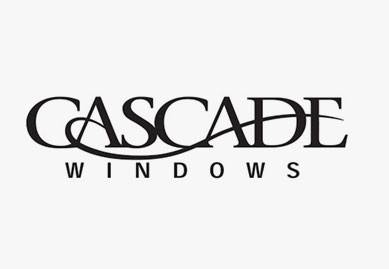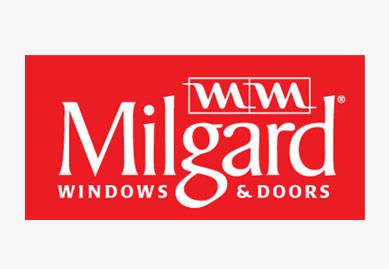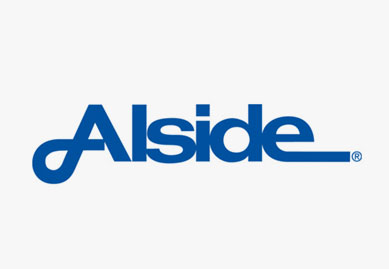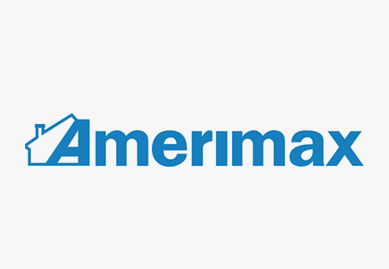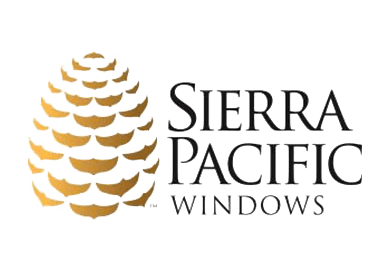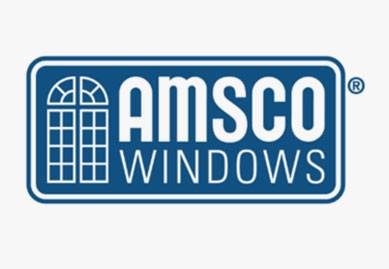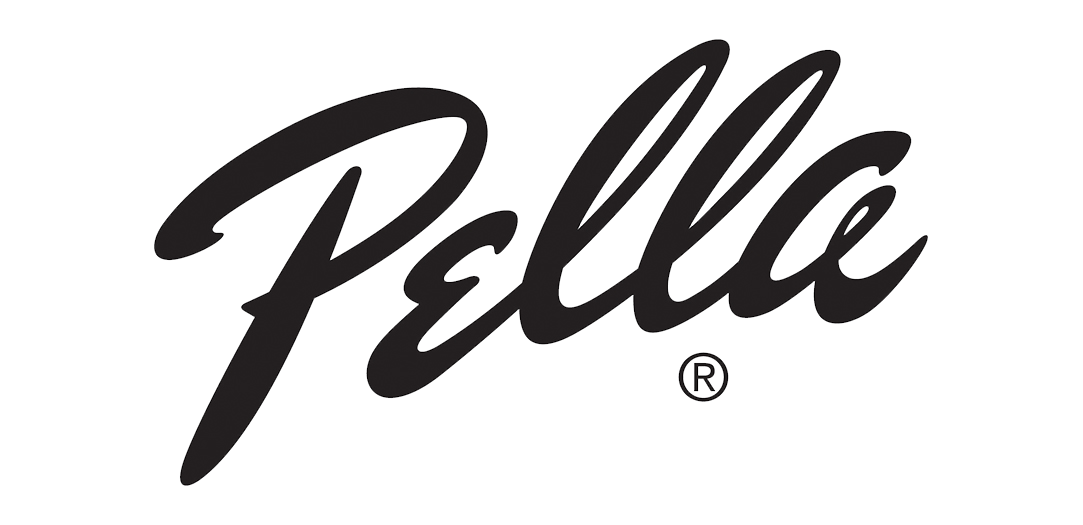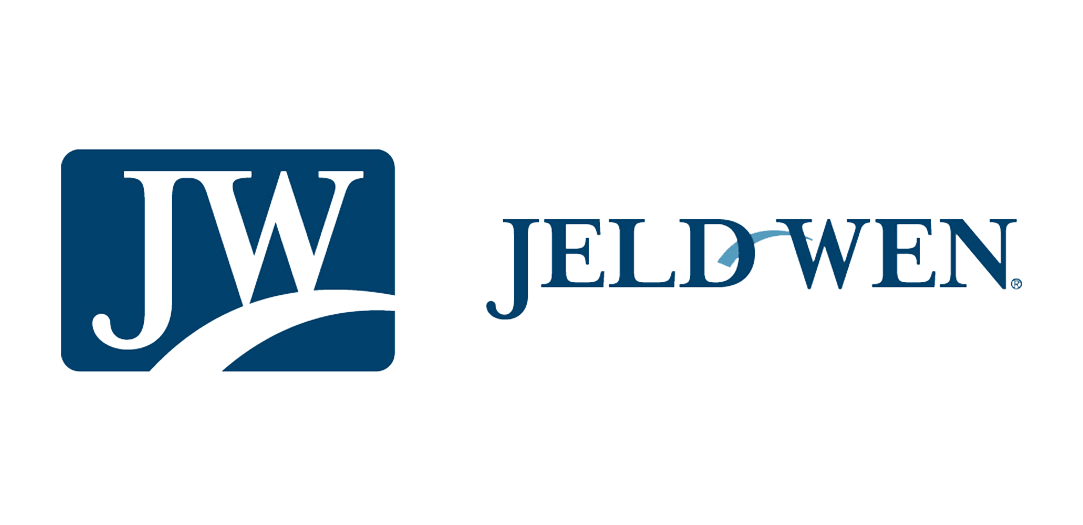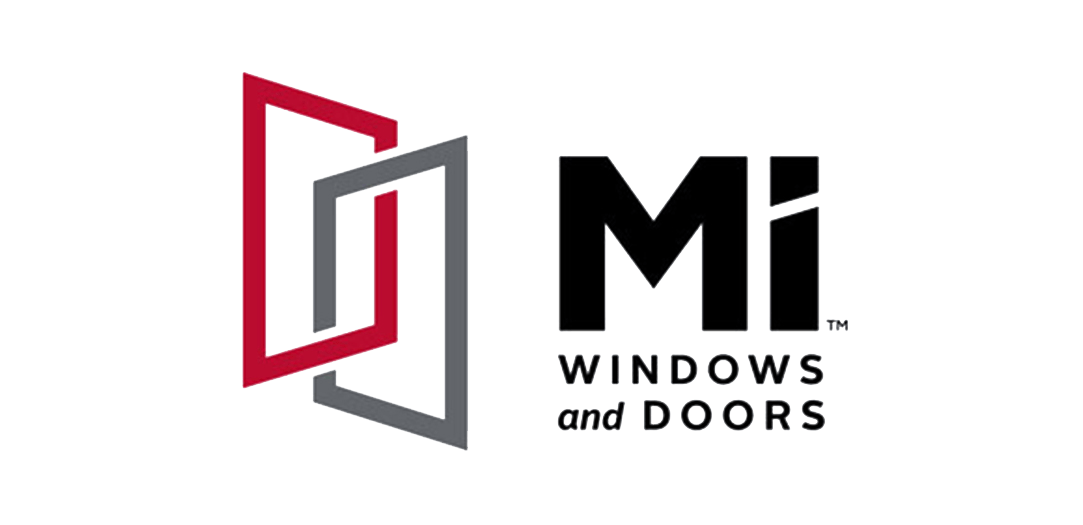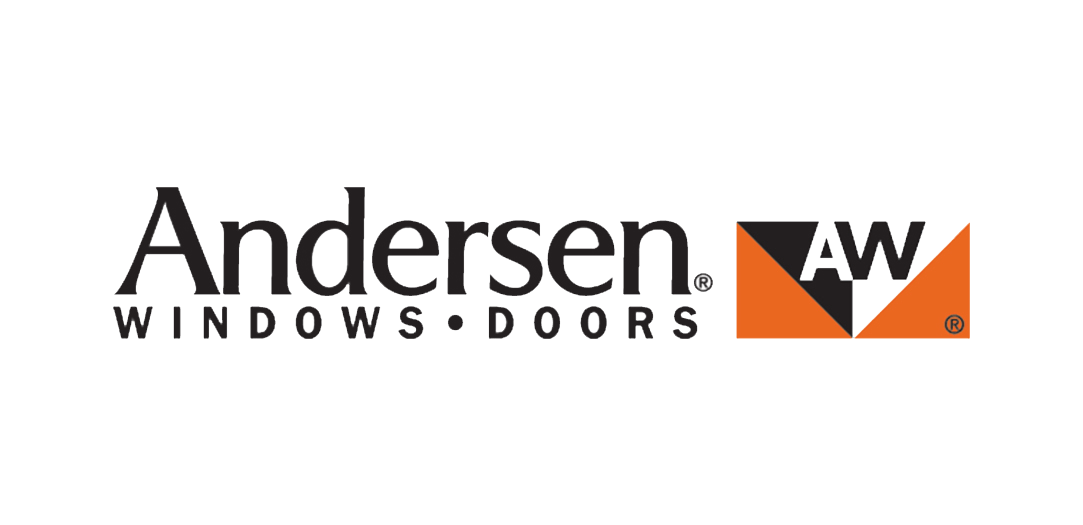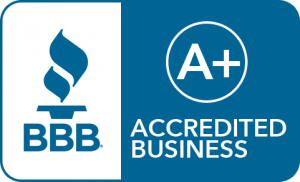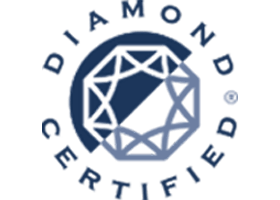James Hardie Siding FAQ
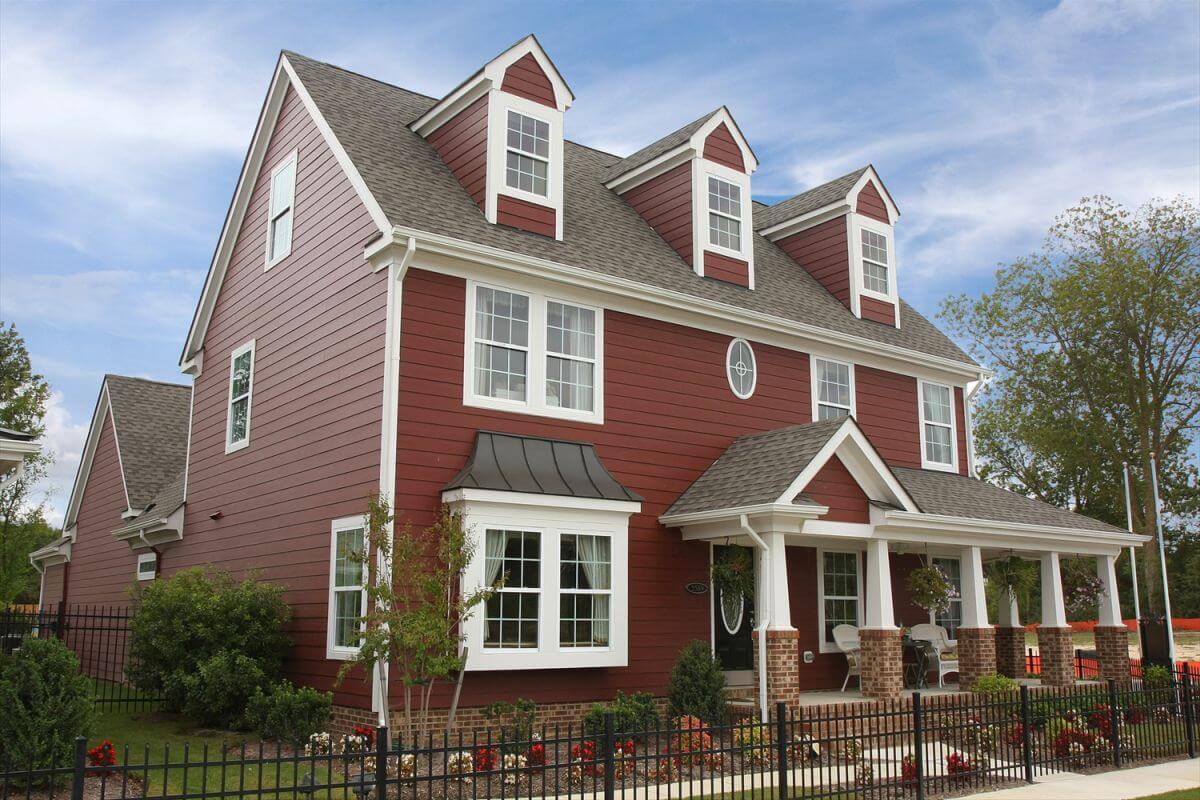
James Hardie Siding | FAQ
Best Exteriors answers frequently asked questions about James Hardie siding in San Francisco, California.
Q: Is James Hardie siding durable?
A: James Hardie siding is very durable. It is made from a mix of cement, sand, and cellulose fibers that create a solid, long-lasting surface. This unique blend is cured in a controlled process, which gives the siding strength to resist cracking, swelling, and warping.
This durability makes a big difference in places like San Francisco, where homes face constant moisture from rain. Unlike wood, it won’t rot. Unlike vinyl, it won’t melt or dent easily. It stands up to rough weather and daily wear without falling apart.
Because of how it’s made, James Hardie siding protects your home from mold, mildew, and pests. It saves you money on repairs and keeps your home looking clean for years
Q: What are the benefits of James Hardie siding?
A: James Hardie siding offers strong protection, long-lasting color, and resistance to common damage. It holds up better than wood or vinyl, especially in wet and sunny places like San Francisco.
It is fire-resistant. Fiber cement won’t melt or catch fire like vinyl or wood, making it a safer choice for homes in wildfire-prone areas.
It repels insects. Termites, carpenter ants, and woodpeckers don’t chew through it like they do with wood.
It maintains its color. The baked-on finish doesn’t fade fast in the sun. James Hardie uses UV-resistant paint that stays bright and crisp for up to 15 years.
It’s perfect for San Francisco’s climate. That means the boards installed in San Francisco are made to resist constant rain, fog, and salty air.
It looks good and is stronger. James Hardie siding is 0.5 inches thick, much thicker than vinyl. It mimics the wood look but without the upkeep, dents, or warping.
Q: What is the life expectancy of James Hardie siding?
A: James Hardie siding lasts 30 years or more. It comes with a 30-year non-prorated warranty, but many homes keep their siding in great shape for up to 50 years when it’s cared for properly.
The siding is made to withstand intense heat, wind, rain, and temperature changes. It stays strong even after decades.
Because the warranty is transferable, it also adds value to your home if you plan to sell. San Francisco homeowners often pick James Hardie because it offers long-term performance with proven results.
Q: Is James Hardie siding energy-efficient?
A: James Hardie siding helps improve energy efficiency. It does not insulate your walls like foam, but it does block air and water, which helps keep your indoor temperatures stable.
James Hardie siding is made from cement, a dense material that resists heat transfer. That keeps your home cooler in the summer and drier in the winter.
It also prevents water from getting in, reducing the chance of mold or wet insulation, two problems that waste energy and raise utility bills.
Q: What are the maintenance requirements for James Hardie siding?
A: James Hardie siding needs basic maintenance to keep it in shape. Clean it twice a year, inspect it regularly, and repaint it every 15 years.
Use a garden hose and a soft-bristle nylon brush to wash away dirt. Start at the top and work down. Don’t use a power washer; it can damage the surface.
Look closely as you clean. Check for cracks, gaps in the caulk, or loose boards. Reseal any open seams with fresh caulking to keep moisture out.
If your siding has ColorPlus Technology, the color stays fresh for up to 15 years. After that, you can repaint to restore the look and protect the surface.
Make sure your gutters and downspouts work well. Clogged or broken systems can splash water onto the siding. Clean your gutters twice a year and fix any leaks or rust.
With these steps, James Hardie siding can last 40 to 50 years beyond its warranty.
Q: What is the downside of James Hardie siding?
A: The main downside of James Hardie siding is the installation cost. It costs more than vinyl or wood because the material is heavier and requires professional installation. Labor takes longer, and improper installation can void the warranty.
Fiber cement is also more difficult to cut and handle. Contractors use specialized tools to work with it, which adds to the job’s complexity.
While low maintenance, James Hardie siding still needs occasional repainting and caulking to maintain its appearance and water resistance over time
Q: Does James Hardie siding increase home value?
A: James Hardie siding increases home value. Its long lifespan, fire resistance, and weather protection appeal to buyers, especially in cities like San Francisco, where climate durability matters.
Fiber cement siding consistently ranks high in return on investment, often over 60% at resale.
It also boosts curb appeal. James Hardie siding mimics real wood and holds color longer, helping homes look newer and more desirable in competitive markets.
Q: Can James Hardie siding be installed over existing siding?
A: James Hardie siding should not be installed over existing siding. The old siding must be removed to inspect the wall underneath for the best results. This allows the installer to check for rot, mold, or water damage that could weaken your home’s structure.
Installing over old siding creates uneven surfaces and risks improper fastening, which can lead to early failure or void the manufacturer’s warranty. James Hardie’s installation guidelines require a clean, flat, weather-protected surface.
Removing the old siding also ensures proper flashing, caulking, and sealing, which are important steps to keep water out and preserve energy efficiency.
Q: What is ColorPlus® Technology and how long does it last?
A: ColorPlus® Technology is James Hardie’s factory-applied paint system that lasts up to 15 years. Unlike standard exterior paint, the color is baked onto the boards in a controlled setting. This creates a smooth, consistent finish that resists chipping, peeling, and cracking.
The finish is UV-resistant, so it holds its color longer in sunlight. This is especially useful in sunny California neighborhoods like Sacramento or the East Bay.
ColorPlus® Technology comes with a 15-year limited warranty. After that, you can repaint the siding to refresh its look or change the color while maintaining durability.
Q: How does James Hardie compare to vinyl or wood siding?
A: James Hardie siding is stronger and lasts longer than both vinyl and wood. It resists fire, pests, and moisture damage better than wood and holds up in heat and cold better than vinyl.
Wood siding can rot, swell, or attract termites. Vinyl siding melts under high heat and cracks in cold weather. Because of its dense, durable makeup, James Hardie fiber cement avoids these problems.
James Hardie siding is thicker, about 0.5 inches, compared to vinyl, usually under 0.05 inches. That makes it better at blocking wind, rain, and noise while offering a more natural, wood-like appearance without the maintenance.
The Right Siding for San Francisco Homes
The best siding for San Francisco homes is James Hardie fiber cement. It’s built to last, handles wet weather, and looks great for years. San Francisco’s mild climate still brings plenty of wind and rain. That means your siding must resist moisture, hold up against weather changes, and stay strong over time.
Why You Must Pick Siding That Handles Wind and Water
Rain hits San Francisco homes for an average of 68 days each year. That moisture can seep through old siding, leading to rot, mold, or rising energy bills. Many homes in the Bay Area were built decades ago. If your siding is original, it’s likely cracked, faded, or swollen. That affects both your curb appeal and insulation.
James Hardie siding resists water, heat, pests, and fire. It doesn’t warp or peel like vinyl, and unlike wood, it won’t rot after heavy storms. This makes it a strong choice for homes that need protection without extra upkeep.
How We Picked James Hardie as the Best Siding for You
Shopping for siding can be stressful. You scroll through materials, compare costs, and read reviews but still wonder what’s best. So we did the research for you.
Our team at Best Exteriors tested multiple siding options. After working on hundreds of Bay Area homes, we saw the same result: James Hardie performs better, lasts longer, and gets better customer feedback. That’s why it’s our go-to for full siding replacements.
We’ve helped homeowners from the foggy streets of San Francisco to the suburbs around Oakland and Sacramento. We back every project with strong warranties and clear communication.
What sets our siding contractors apart?
- We have been in business for almost 2 decades.
- We offer an extended warranty
- Free in-home or virtual consultation
- We offer expert tips and advice
- Discounts and special offers
- 0% Financing
- We handle the plans & permits
Call (888) 853-6277 for siding installation in San Francisco, CA.



 all communications are private and not shared with other parties.
all communications are private and not shared with other parties.
